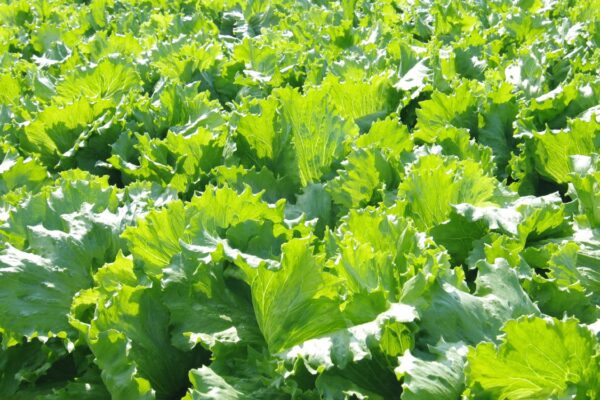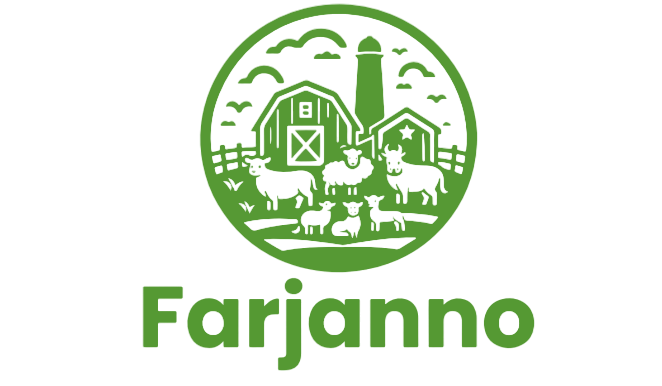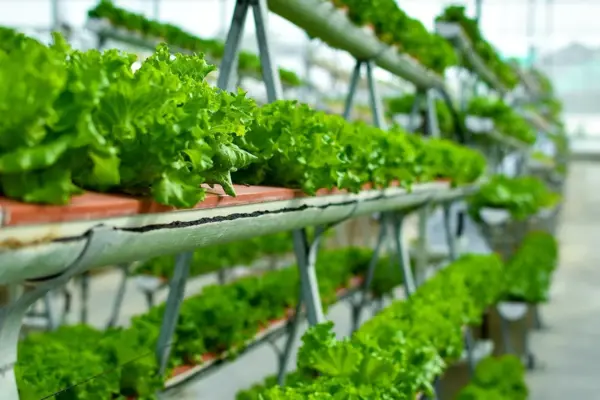
Modern Crop Farming
Modern farming in Somalia is a complex and evolving field influenced by various factors including climate, infrastructure, technology, and socio-political conditions.
Climate and Agriculture
Somalia has a predominantly arid and semi-arid climate, with limited rainfall that poses significant challenges for agriculture. The country’s farming sector relies heavily on seasonal rains, with the main growing seasons being Gu (April to June) and Deyr (October to December). Droughts are frequent, leading to food insecurity and affecting crop yields.
Green house farming
Greenhouse farming in Somalia is a developing sector that holds significant potential for transforming the agricultural landscape. Given the country’s harsh climate, with frequent droughts and variable rainfall, greenhouses offer a controlled environment for growing crops, enabling year-round production and improved yields.
Farjanno Agriculture Company stands as a beacon of innovation and sustainability within Somalia’s agriculture sector. With a steadfast dedication to employing advanced practices and technologies, Farjanno is not only transforming the landscape of livestock and crop farming but also reshaping the nation’s agricultural future.
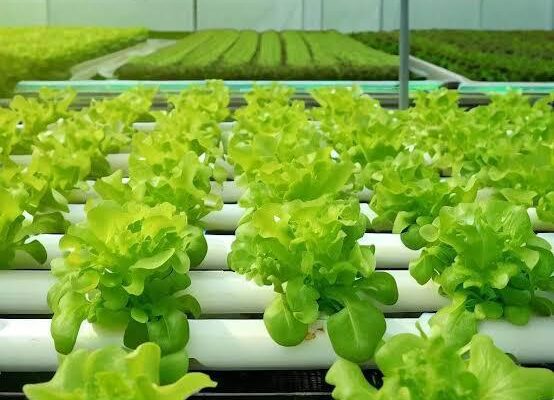

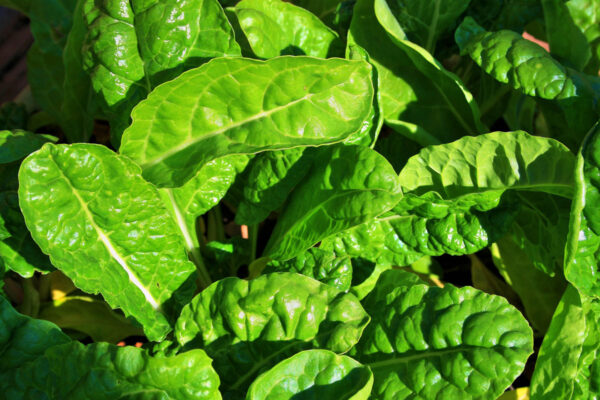
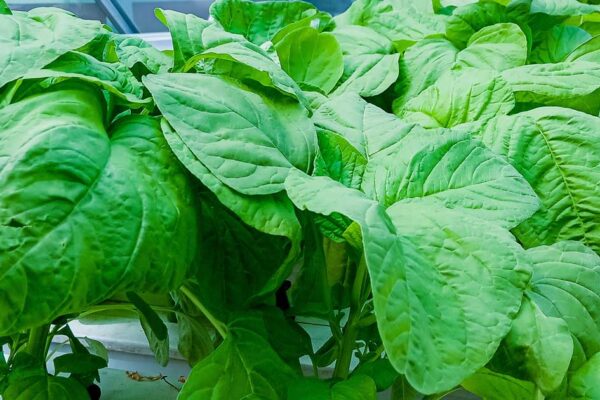
Hydroponic farming holds significant potential for transforming agriculture in Somalia. By addressing key challenges such as water scarcity and limited arable land, hydroponics can contribute to sustainable food production and improved food security. Continued support from international organizations, local NGOs, and government initiatives will be crucial in scaling up hydroponic farming and ensuring its success across the country.
Hydroponic farming
This method of growing plants without soil, using nutrient-rich water solutions, can significantly enhance food production and sustainability in regions with harsh environmental conditions.
Benefits of Hydroponic Farming in Somalia
Water Efficiency:
Hydroponic systems use up to 90% less water than traditional soil-based agriculture. This is particularly advantageous in Somalia, where water scarcity is a critical issue.
Space Efficiency:
Hydroponics allows for vertical farming, maximizing the use of limited space. This is beneficial in urban areas and regions with limited arable land.
Faster Growth and Higher Yields:
Plants grown hydroponically often grow faster and produce higher yields due to the optimal delivery of nutrients directly to the roots.
Reduced Pest and Disease Problems:
The controlled environment of hydroponic systems minimizes the risk of soil-borne pests and diseases, reducing the need for pesticides.
Year-Round Production:
Hydroponic systems can operate year-round, unaffected by seasonal changes, ensuring a consistent supply of fresh produce.
Spinach farming
Hydroponic farming of spinach is a highly efficient and productive method to grow this leafy green, especially in regions with limited arable land and water resources, such as Somalia. Spinach is well-suited for hydroponic systems due to its fast growth rate and high yield potential.

Lettuce farming
Hydroponic farming of lettuce offers a sustainable and efficient way to produce this nutritious leafy green in Somalia. By leveraging water-saving techniques and maximizing space utilization, hydroponic systems can help address food security challenges and provide a consistent supply of fresh produce. With the right training and support, hydroponic lettuce farming can become a viable and profitable agricultural practice in the region.
